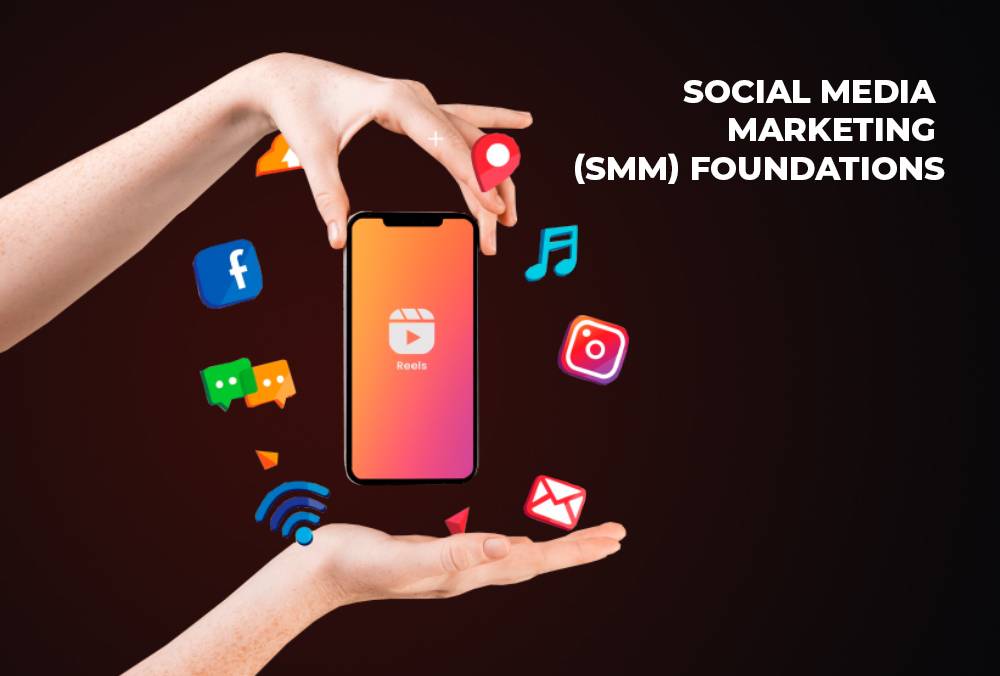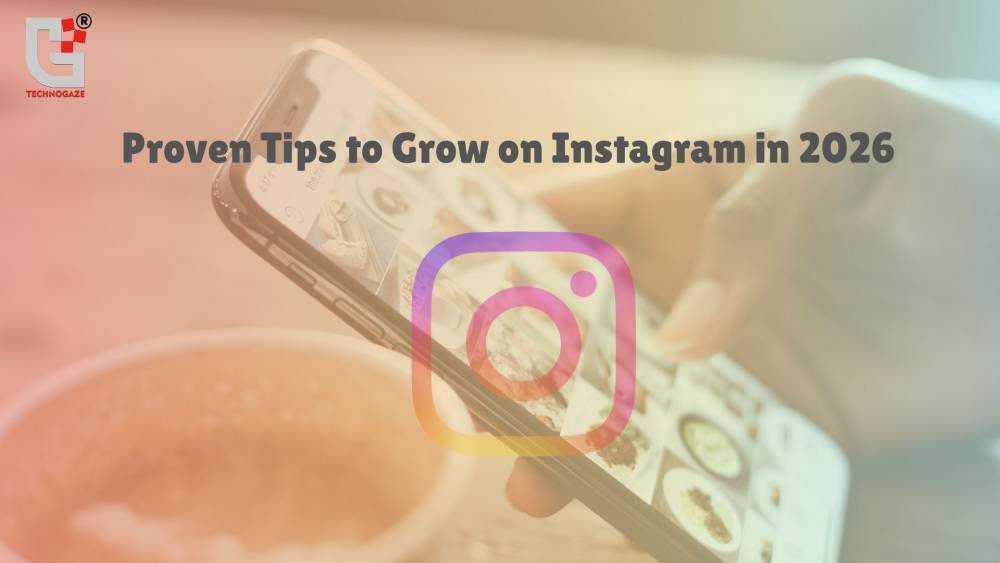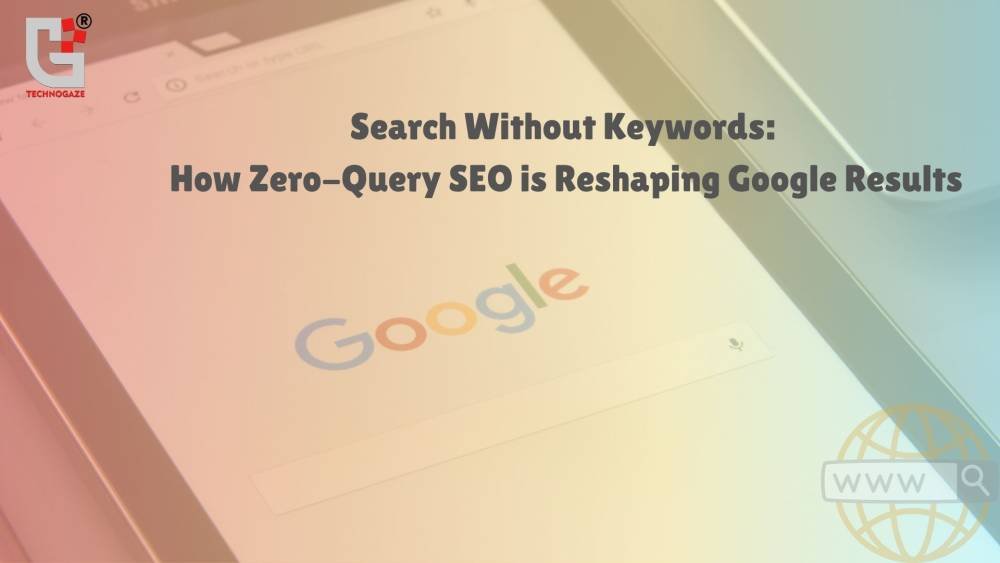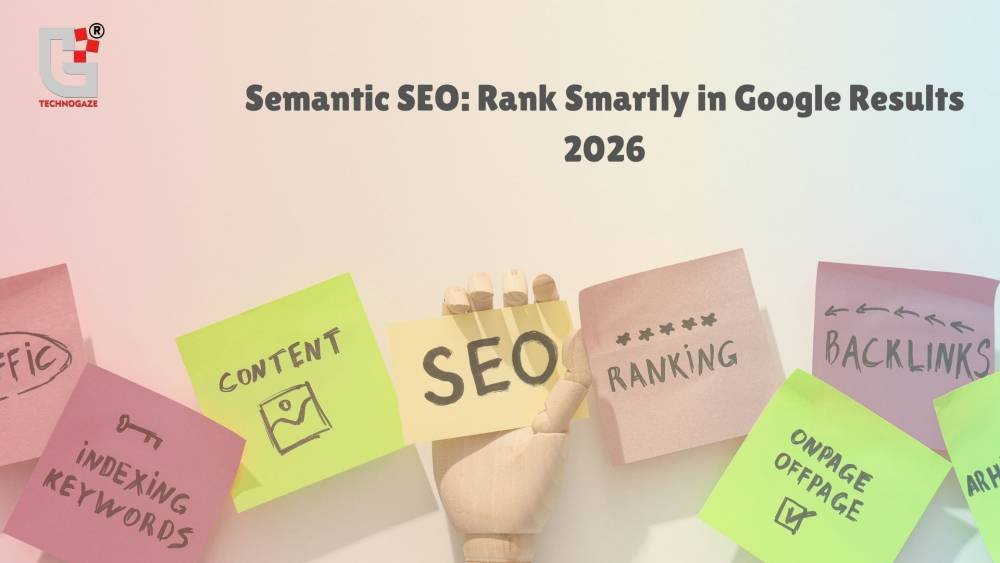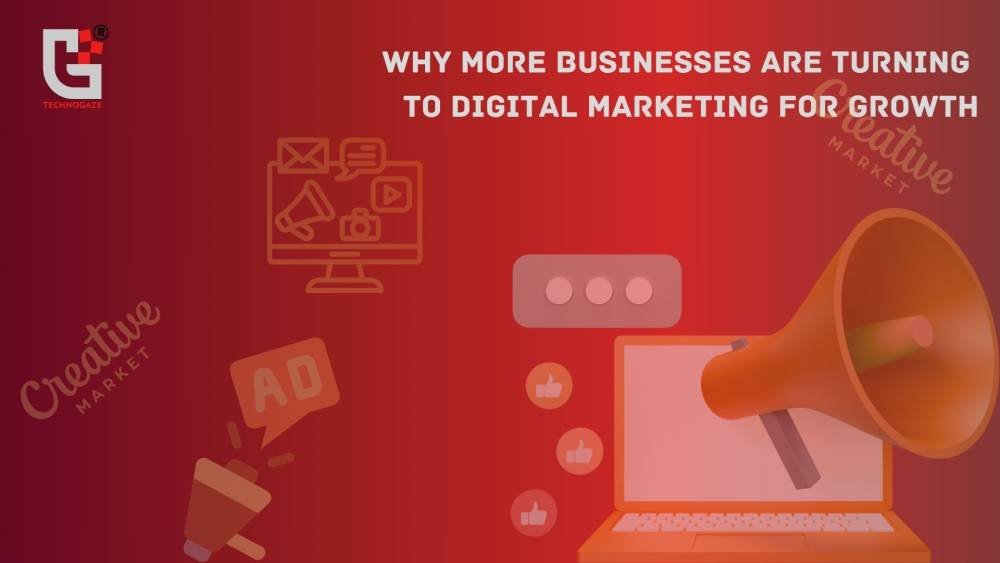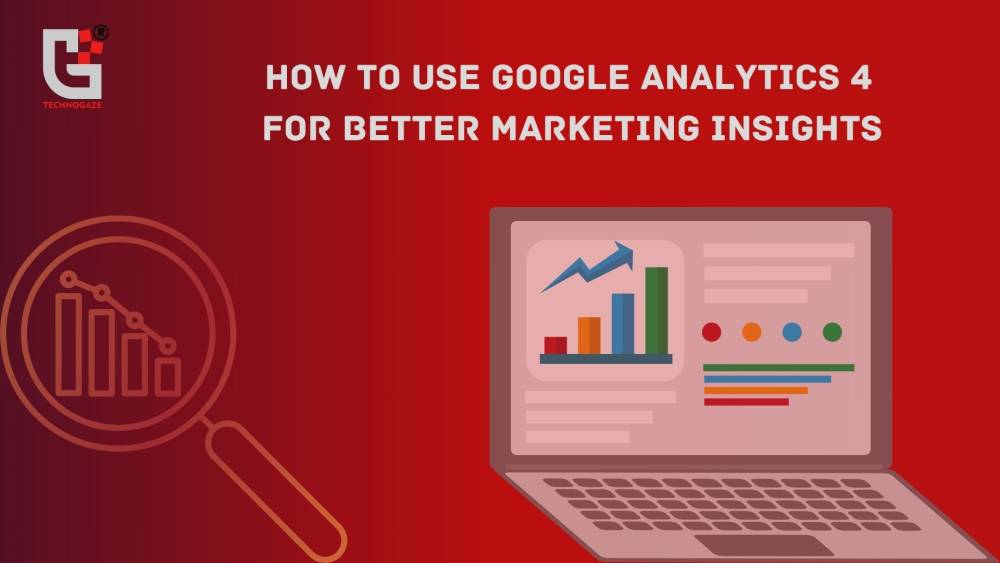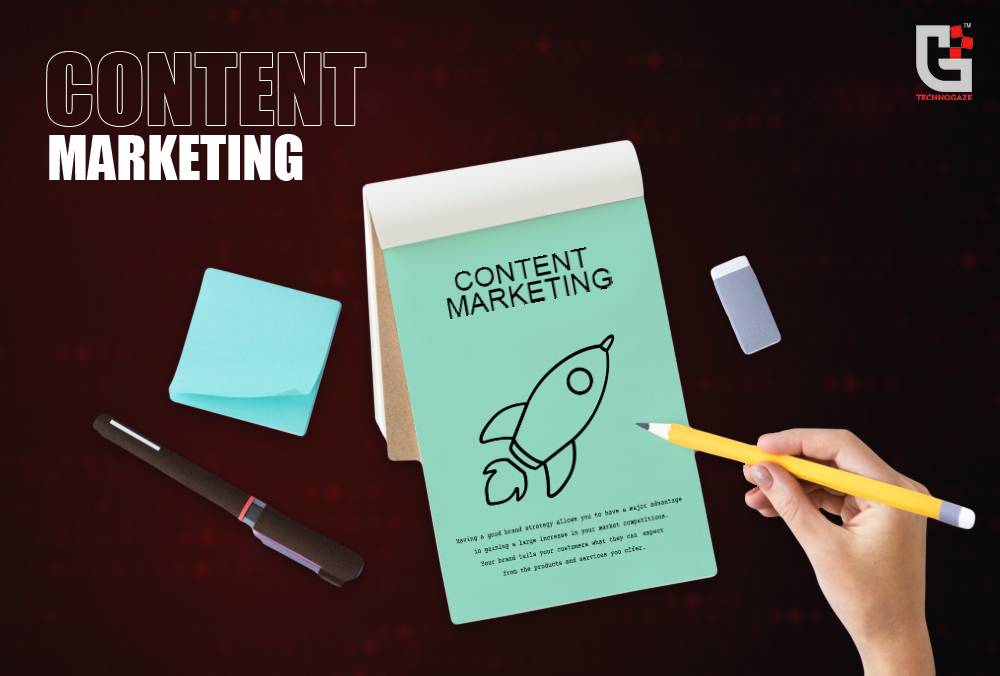
What is content marketing?
Create and distribute valuable, informative, and engaging content to attract and retain a clearly defined audience and ultimately drive profitable customer action.
Before going into content marketing in depth, let's understand its meaning and types.
Defining Content
All media and information that may be viewed, exchanged, or experienced is referred to as content. Written pieces, blog entries, social media updates, photos, videos, podcasts, and more can all be included.
Types of Content
Textual Content: It includes articles, blog posts, e-books, social media updates, and more.
Visual Content: Visual content, including images, infographics, and videos, enhances the audience's understanding and engagement.
Audio Content: Audio content, such as podcasts and audio guides, caters to auditory learners.
Why is content important?
1. Content Helps Us Collect Ideas
2. Content Helps us Communicate Visions
3. Content Connects People
4. Content helps Organizations Collaborate
5. Content Creates Opportunities
Content Marketing
A vital component of all marketing strategies is content. Both paid and organic channels can be used to distribute content. Your website, email newsletters, and social media platforms are examples of organic distribution. Sponsored content and search engine marketing (SEM) are two examples of compensated distribution methods.
Why is content marketing important?
Content marketing puts the customer at the heart of a brand’s messaging. Rather than spamming customers with advertising-laden messaging, it provides them with valuable content and engages them throughout the customer journey.
Types of content marketing
The type of content a company creates depends on its business strategy and the core audience it needs to connect with.
Blogs
Blogs are written resources that businesses use to promote their products, chat about industry trends, or highlight their expertise. Blog posts are one of the most popular forms of content marketing because they help businesses stand out to both human readers and search engines. Blogging is a beneficial addition to any content marketing strategy because it’s affordable to produce, search engine-friendly, and simpler to create than multimedia like video.
Blog examples
IKEA offers customers useful content on its blog for those looking for home decor ideas that not only feature its products but also deliver value to shoppers.
Video
Multimedia is gaining steam because it’s easier for consumers to digest and share with their friends. 91% of customers want to see more video content from the brands they love, so this is a great way to deliver on your customers’ expectations.
Video examples: Fast-casual brand Chipotle went viral for its video “A Future Begins,” which promoted its support for farmers. Red Bull is also famous for its death-defying feats on its YouTube channel.
Podcasts
Podcast content marketing allows businesses to reach out to niche audiences through the power of audio-first content. To reach a wider audience, businesses can either produce their own podcast or appear as guests on other podcasts within their sector.
Podcast examples: For B2B companies, the Shopify Masters podcast shares case studies and tips from businesses built on Shopify.
Social media
Social media is a beneficial form of content marketing that helps businesses socialize and engage with customers wherever they are. Instead of trying to engage with shoppers via email or your website, you can share updates and fun content on social media to engage your target audience.
Popular platforms include Instagram, Facebook, TikTok, Pinterest, and YouTube. B2B brands also see a lot of success on LinkedIn and Twitter.
Social media examples: With over 20 million followers, the GoPro Instagram account attracts attention by sharing jaw-dropping content filmed with its products.
Infographics
Infographics are a type of content marketing that compiles interesting statistics and facts into a pleasing visual format. Infographics are helpful because they distill big concepts into engaging visuals that are easy to read and share. In an age where your audience craves skimmable content, infographics make it easier to consume your brand’s content in less time.
Infographic examples: Canva compiles infographics created to give brands quick, actionable marketing tips.
Paid advertising
While many content marketing strategies are organic, it’s also possible to promote your business with paid advertising content. Paid marketing material uses text, photos, and videos to advertise your company to users on social media, search engines, and other websites.
The costliest kind of content marketing is paid advertising, but it has the advantage of producing results faster than organic content.
Paid advertising examples: Fishbowl used paid video ads, plus an influencer partnership, to promote its app to burned-out professionals.
Other online content marketing avenues
Email: Email marketing helps businesses share helpful tips with subscribers while promoting their products, sales, new features, and more.
Live video: Going live on social media platforms like Instagram, Facebook, and YouTube can encourage more people to tune in and engage with you.
Quizzes and games: Interactive games and quizzes keep your audience engaged, increase social media shares, and promote your brand.
Courses and webinars: Build trust with your audience by producing free educational materials. Collect their contact details for lead nurturing by offering free educational materials.
How to do content marketing
1. Know who your customers are
Businesses have to be certain that they are aware of and competent at interacting with their target audience.
2. Figure out what information they’ll need
Finding the details that buyers need to engage with your brand, product, or service is the next step. Your audience is more inclined to interact with you when your content effectively addresses a problem.
3. Decide how to deliver that information
It is advisable to distribute material on Facebook and similar platforms if your consumer personas indicate that your target customers spend a significant amount of time there.
4. Establish key performance indicators (KPIs) for success
Your objectives will determine the KPIs you select. While some companies focus on conversions, others monitor content engagement metrics like views and comments.
5. Create good content
Ensure your content works with the channel you’re using. Deliver value to your audience, whether in the form of actionable tips, discounts, or insider information.
6. Set a schedule
Your business needs to release content consistently to attract both regular traffic and search engine crawlers. Creating a posting schedule can help you release content regularly, but be realistic. It’s easy to be overly ambitious, so start with one blog post or video a week.
7. Analyze and measure the result
Analyzing and measuring your performance can help you understand which pieces perform better, which can ultimately help you create stronger content. It also allows marketers to shift their budget toward more successful types of content and away from underperforming projects.
Bottom Line
Content is the foundation of nearly all marketing efforts today. To get the most value out of your content marketing program, it is important to start with your organization's broader objectives and align those objectives with a content plan that keeps your team in sync.
Author Details
Latest Posts
-
1November 15, 2025
-
2
-
3October 11, 2025
-
4
-
5

